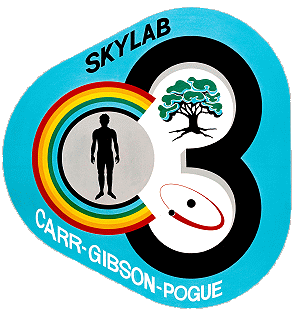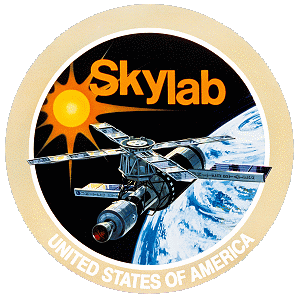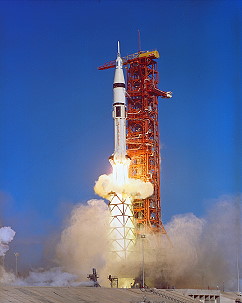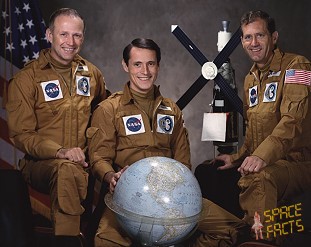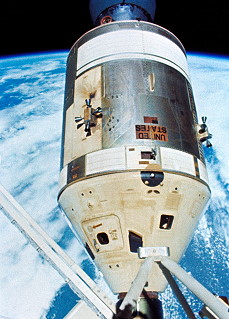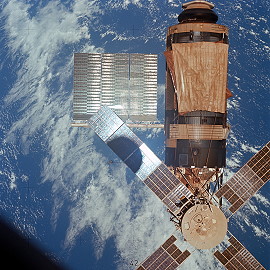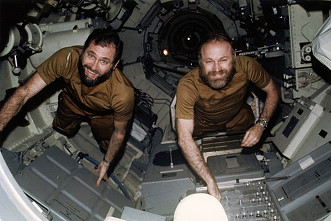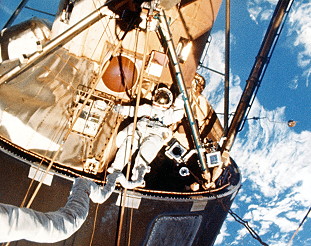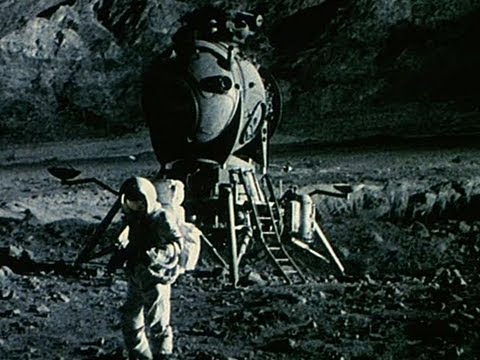Sorry for the wait everyone, but RL has a habit of doing that. But in any case, update time!

While NASA was busy with Skylab and it’s LESA Development Programmes, the Soviet Union continued to take advantage of the window they had to push on with their own Manned Lunar Landings. Again, they were aiming for another record, by landing at the farthest point on the Moon with regards to the Earth to date, namely the Korolev Crater, on the Lunar Far Side. Mishin would later admit that L3-8 had a particular emotional relevance for him, given its name.
The April of 1974 saw the N1 carrying the LOK Orbiter clear its launch pad and enter LEO with little drama, save for the first Block A engine shutdown being just over two seconds early, traced to a simple programming error the following day. That said, they were still on their way to the Moon to rendezvous with the LK that waited for them there.
The landing, again was textbook, with the years since their first landing being having allowed them to refine their LOK, LK, and all the various stages of the N1 and L3 to the point where they could be called mature.
This mission, however, had its own unique dangers. Being on the Moon’s Far Side, the mission commander could not directly communicate with the mission controllers on Earth, leaving him dependant on the Orbiting LOK to relay his findings and condition to them and send instructions from them as well. This meant that if anything were to go wrong, it would take some time for word to reach anyone on Earth. But given the short surface stay time, along with the growing confidence in the reliability of their equipment, this was deemed an acceptable risk by the mission planners.

The 25-hour surface stay was taken up by 2 EVAs spent collecting rock and dust samples along with a number of photographs of the Lunar Surface and a sky that completely lacked any image of Earth to be taken. Of particular interest to the geologists on Earth would be how these samples would compare to samples from the Lunar Near Side, given just how different the surface was between the two hemispheres. What marked these EVAs apart from the others was the lack of surface experiments to be continued following the Manned Landing, since there would be no effective means of transmitting the data back to Earth, the bulk of the mass savings used to gather more samples for return and analysis on Earth.
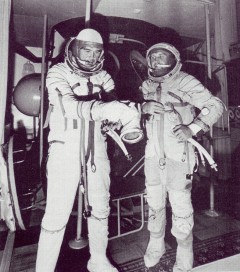
Following their return, even as their mission made the desired headlines, they were undergoing psychiatric analysis to determine how they found the experience of total loss of communications with Earth for an extended time. While Soviet scientists were studying the returned samples and comparing them with their earlier collection, determining the similarities and differences that they held.
Even as they were continuing their N1-L3 missions, work on Zarya 3 and their own Extended Lunar Bases continued, the latter being dependant on the Block S and R Stages that would be vital to making their plans succeed. The RD-56 engine that would power them had already completed its static tests in single and six-engine forms while the Block R was ready for its first flight test, atop an N11.
The test launch would use a basic communications satellite, deliberately massed to be greater than what the LOX/Kerosene Block-D could take to GTO, but within the limits of the LOX/LH2 Block R. Unusually for a Soviet test flight, this first test of the Block R went quite well, since despite the Apogee being slightly less that what was required, was well within the payload’s own ability to compensate for. While not perfect, it was seen as good for their first attempt and TsKBEM’s standing within the Soviet Hierarchy wasn’t harmed by it.
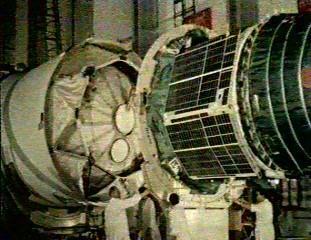
The Lunar Surface Habitat and Lunar Supplies Craft, however, were experiencing a more protracted development, and it now appeared that they would not be ready until at least early-1976. Even with the greater TLI payload capability offered by the Block S and Block R upper stages, they still needed two of them just to send what would be needed to support a crew of two for 30 days while still ensuring that they could do a lot of useful work while they were on the Moon. On top of that, the lessons being learned from their own Zarya Programme were telling them of the need to schedule in rest days for the crew plus the need to adjust the design of certain systems to enhance their durability. They were also aware of the issues surrounding the Lunar Dust (from the NASA J-Missions which made the problem clear), and had to factor in an airlock and suit storage to minimise the effects of it.

Then there were the issues of the LOK and LK, unmodified, they were extremely ill-equipped to handle the extended time in Lunar Orbit and long Lunar Surface duration, and had to be modified to cope with the new demands. Requiring either up-rating the Block G and D (which would be cheaper than the LOX/LH2 Block S and R) or using the Block S and R (Which permitted a greater mass budget, but risked LH2 boil-off losses beyond what they could allow for the LOK).
EDIT:
http://www.astrosurf.com/lunascan/farside/images/farside-contour-map-gray2800.jpg
The image itself is way too large to just stick into the post, but is the best Lunar Far Side map that I could find to point out all the key features of it. Korolev Crater is the large one slightly to the right from the centre of this map.
